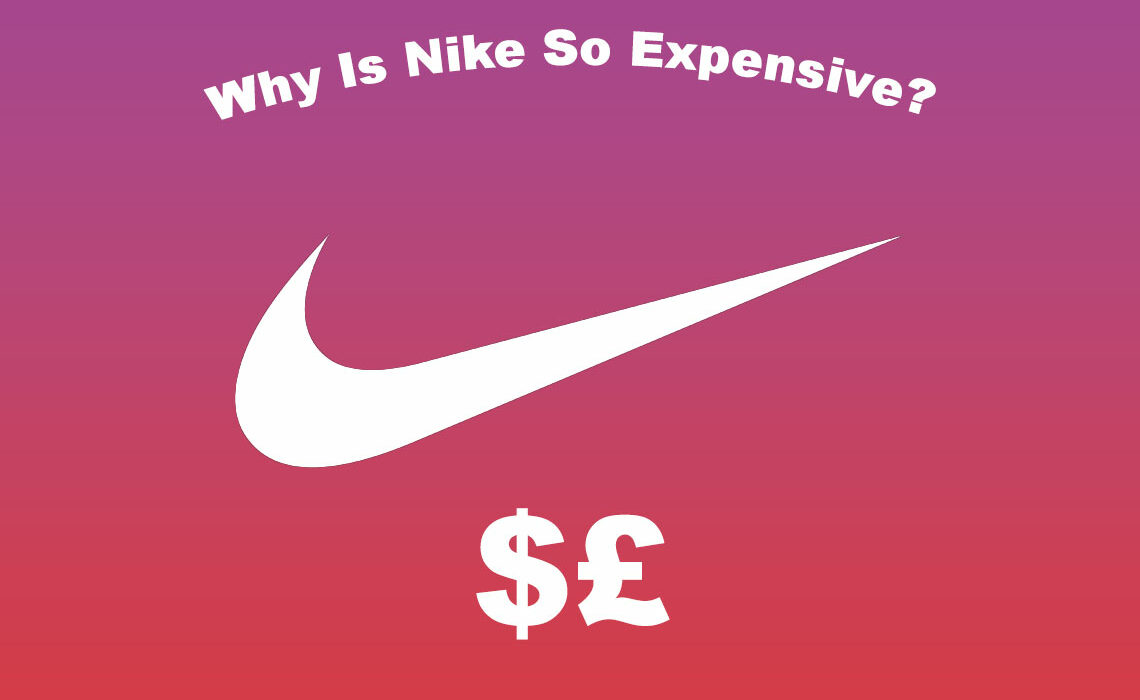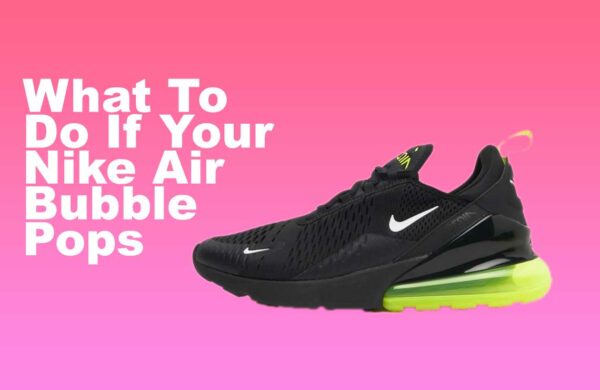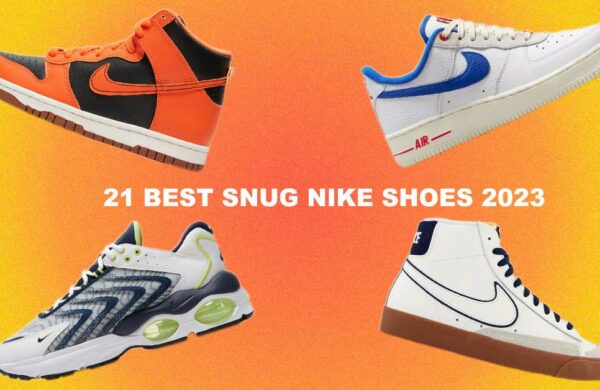We may receive a commission when you click on links and complete purchases for products from advertisers. The information and views given are our own editorial content and we pride ourselves to make sure it is original and accurate. Privacy Policy
You landed on this article asking, “Why is Nike so expensive?”
It’s a valid question, and here’s the answer: creating sportswear that performs exceptionally while prioritizing sustainability doesn’t come cheap.
Nike itself explains: “Technical innovation in the design and manufacturing process of footwear, apparel, and athletic equipment receives continued emphasis as we strive to produce products that enhance athletic performance, reduce injury, and maximize comfort while decreasing our environmental impact.”
In this article, you’ll discover how Nike’s focus on cutting-edge innovation, eco-friendly materials, and savvy marketing makes it the world’s leading sportswear brand—and why its products are priced the way they are.
Short answer: They need to run a profitable business, simple. Plus, they are the Best Sportswear Brand -Here are 9 Unthinkable Reasons Why.
Quick Scroll
Why Nike Shoes Are Expensive
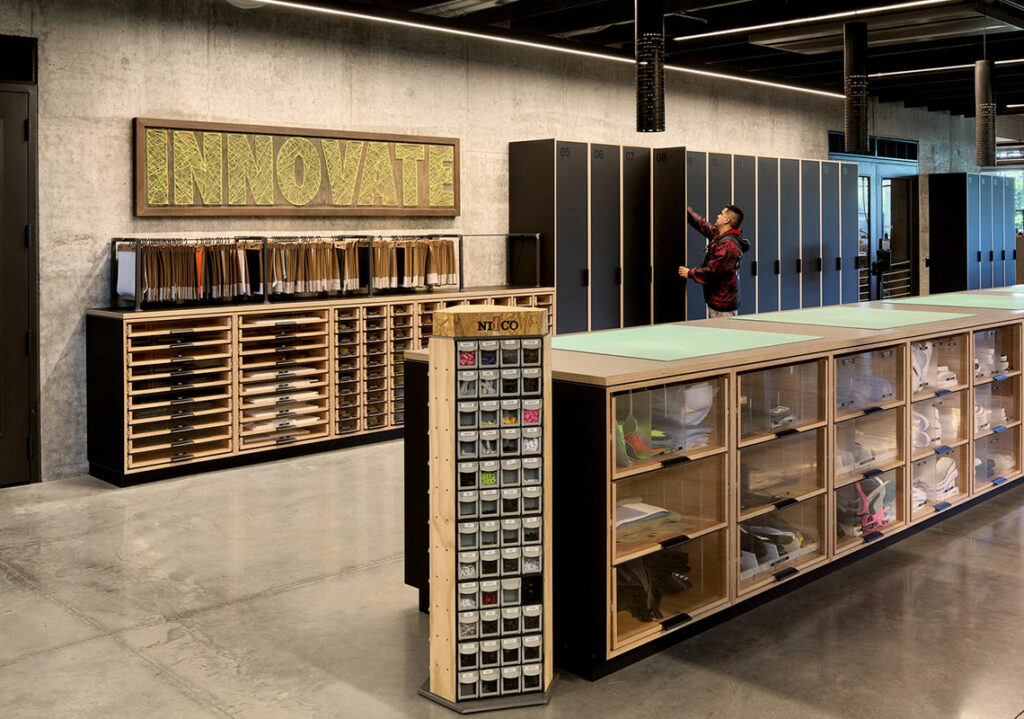
Related: Why Are Vapormax So Expensive? to explore the pricing of a popular line.
Many consumers ask, “Why are Nike shoes so expensive?”
Nike’s high price tags aren’t just about branding; they reflect years of innovation and technology.
The brand invests heavily in research and development to create groundbreaking features like:
- Flyknit Technology: Lightweight and sustainable, Flyknit reduces material waste by up to 60% compared to traditional footwear manufacturing.
- Nike Air and ZoomX Cushioning: These innovations provide unparalleled comfort and performance for athletes, driving up production costs.
- Sustainability Initiatives: Nike’s Move to Zero campaign prioritizes recycled materials, adding complexity to its manufacturing process.
This focus on innovation ensures that every product—from sneakers to apparel—meets high standards for quality and performance.
Marketing Power: The Swoosh Effect
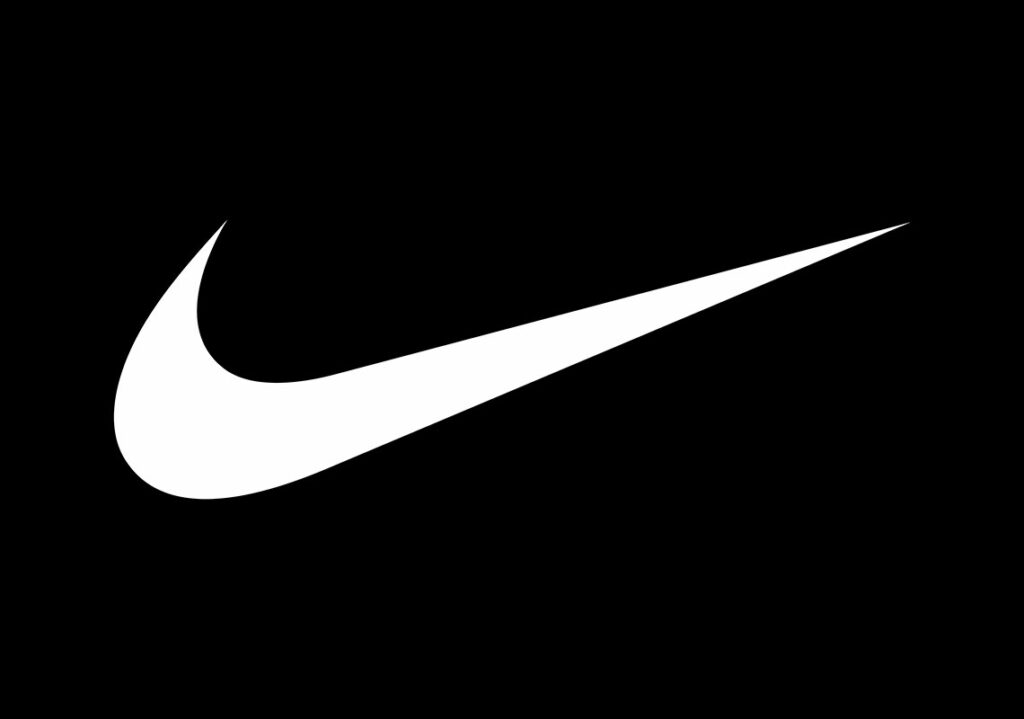
Nike spends billions on marketing to maintain its iconic status.
From partnerships with elite athletes like LeBron James and Serena Williams to memorable campaigns like “Just Do It,” the brand’s marketing machine is unparalleled.
This creates massive brand equity, allowing Nike to charge premium prices.
Did You Know?
- Nike’s marketing investment exceeded $4 billion in 2024, reflecting their unparalleled focus on brand equity and partnerships with global icons like LeBron James and Serena Williams.
- Collaborations with celebrities and designers, such as Travis Scott and Off-White, drive hype and exclusivity, justifying higher price points.
Why Is Nike Clothing So Expensive?
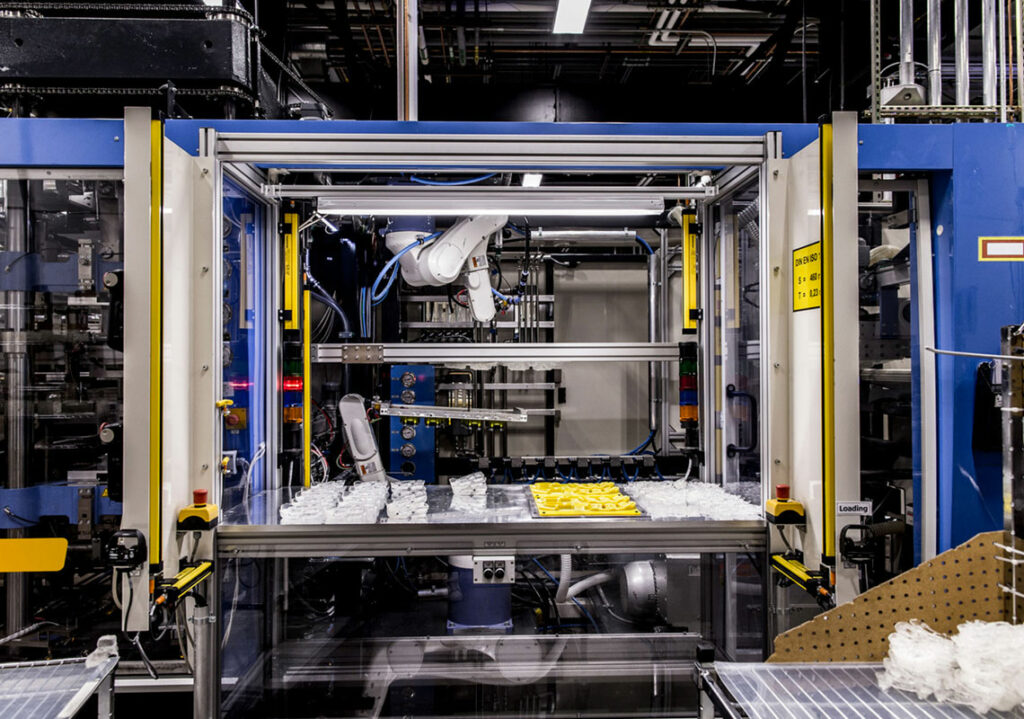
Related: Best Walking Shoes for practical Nike options that balance cost and comfort.
Quality matters, and if you’ve ever wondered, “Why is Nike clothing so expensive?” their materials are a big part of the answer.
The brand sources premium materials like:
- Durable, lightweight mesh for breathability.
- Synthetic and natural rubber for traction and longevity.
- High-performance Dri-FIT fabrics for moisture control.
Nike also works with top-tier manufacturers in Vietnam, Indonesia, and China, ensuring consistent quality across all products.
These premium materials and rigorous manufacturing standards add to production costs, which are reflected in the retail price.
Why Limited Edition Sneakers Cost More
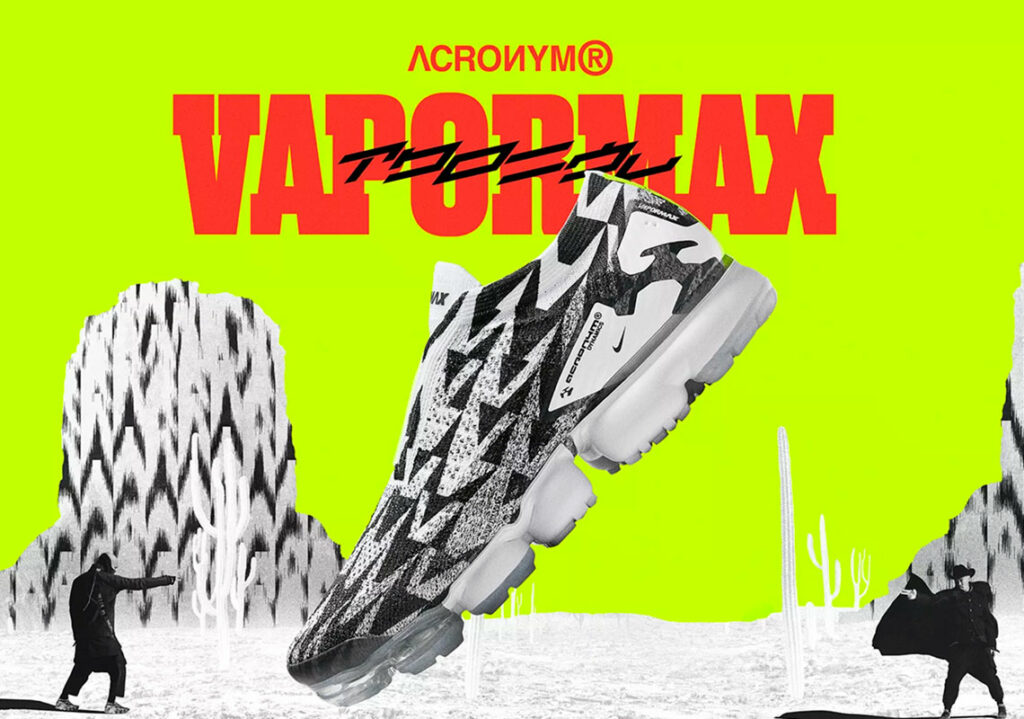
Related: Air Jordan 1 Low Fit and Sizing Guide and Nike Dunk Sizing Guide for insights into Nike’s most popular lines.
If you’re asking, “Why are limited edition Nike sneakers so expensive?” the answer lies in how Nike masters the art of scarcity.
Limited-edition drops, such as Air Jordans and Nike Dunks, create a frenzy among sneakerheads by leveraging exclusivity and high demand to drive up perceived value.
This hype:
- Drives up resale values: Some sneakers resell for 10x their retail price on platforms like StockX.
- Establishes brand prestige: Exclusive products make Nike more desirable to consumers willing to pay a premium.
Sustainability’s Impact on Costs

Nike’s commitment to sustainability isn’t just a marketing ploy—it’s a core part of its strategy.
For those wondering, “How does Nike’s sustainability influence costs?” the answer lies in their use of eco-friendly materials and innovative production methods.
These include integrating recycled polyester and prioritizing carbon-neutral goals. Such efforts inevitably increase production costs.
Initiatives like:
- Using 50% recycled polyester in their apparel.
- Introducing carbon-neutral production goals.
These efforts increase production costs but align with consumer demand for eco-friendly products, making them a selling point for environmentally conscious buyers.
Is Nike Worth the Price?
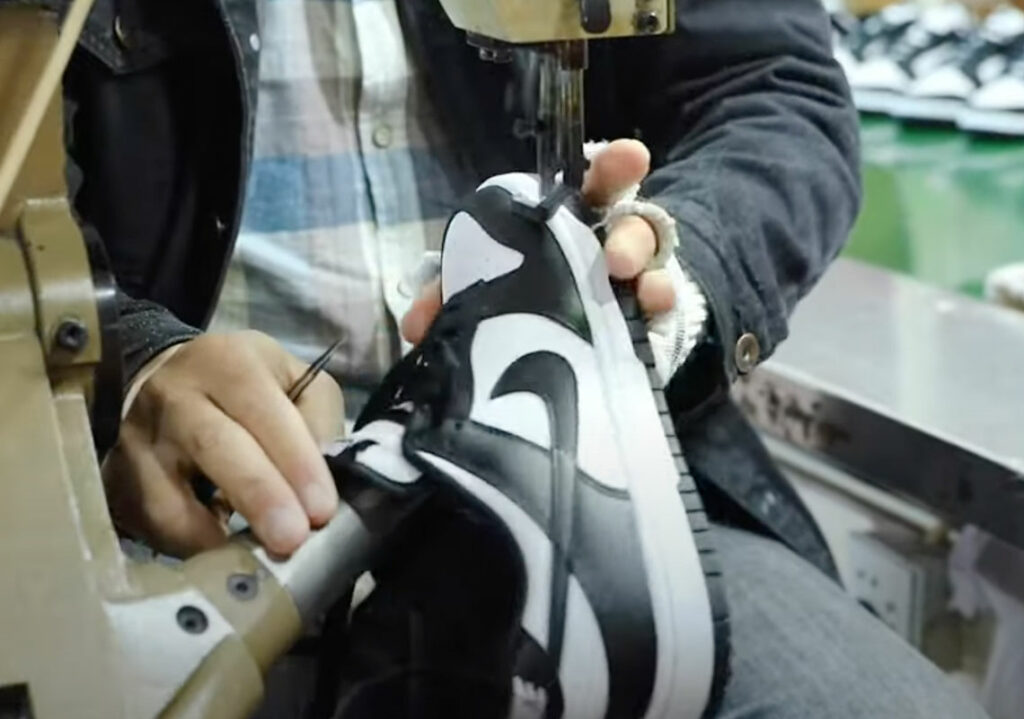
The answer depends on your priorities.
If you value performance, durability, and brand prestige, Nike offers excellent value.
For those seeking budget-friendly options, consider Nike’s outlet stores or sales events to snag deals without compromising on quality.
Key Takeaways for Savvy Shoppers
- Invest in Nike’s signature technologies for superior performance.
- Look for sustainable options—they’re good for the planet and your conscience.
- Watch for exclusive drops if you’re a collector or resale enthusiast.
Expensive Nike’s FAQs
Learn more about durability in our Vapormax Bubble Pop Guide.
Nike manufactures its products through a global network of independent contractors. Nearly 50% of Nike’s footwear is produced in Vietnam, with additional production in Indonesia (27%) and China (18%). These factories operate under strict quality standards, using advanced technologies like Flyknit and automated systems to ensure precision and sustainability.
The majority of Nike products are made outside the United States, primarily in Vietnam, Indonesia, and China. These regions are known for their highly efficient production facilities that meet Nike’s rigorous standards for quality and innovation.
Nike shoes are expensive due to the brand’s significant investments in research, innovation, and sustainability. Technologies like Flyknit and Air Cushioning drive production costs higher, while premium materials and global manufacturing add to their value. Additionally, Nike’s marketing and brand prestige contribute to their higher price tags.

I’ve been reviewing, buying, selling, and rocking sneakers since high school. Learned a lot since my first pair when I was 7 years old were And 1s (if you know you know). A lot has changed since the brand started in 2017 from reselling sneakers to now reviewing and writing informational content. The aim is to be authentic and honest with my opinions. Saucedby Lee out 🙂

